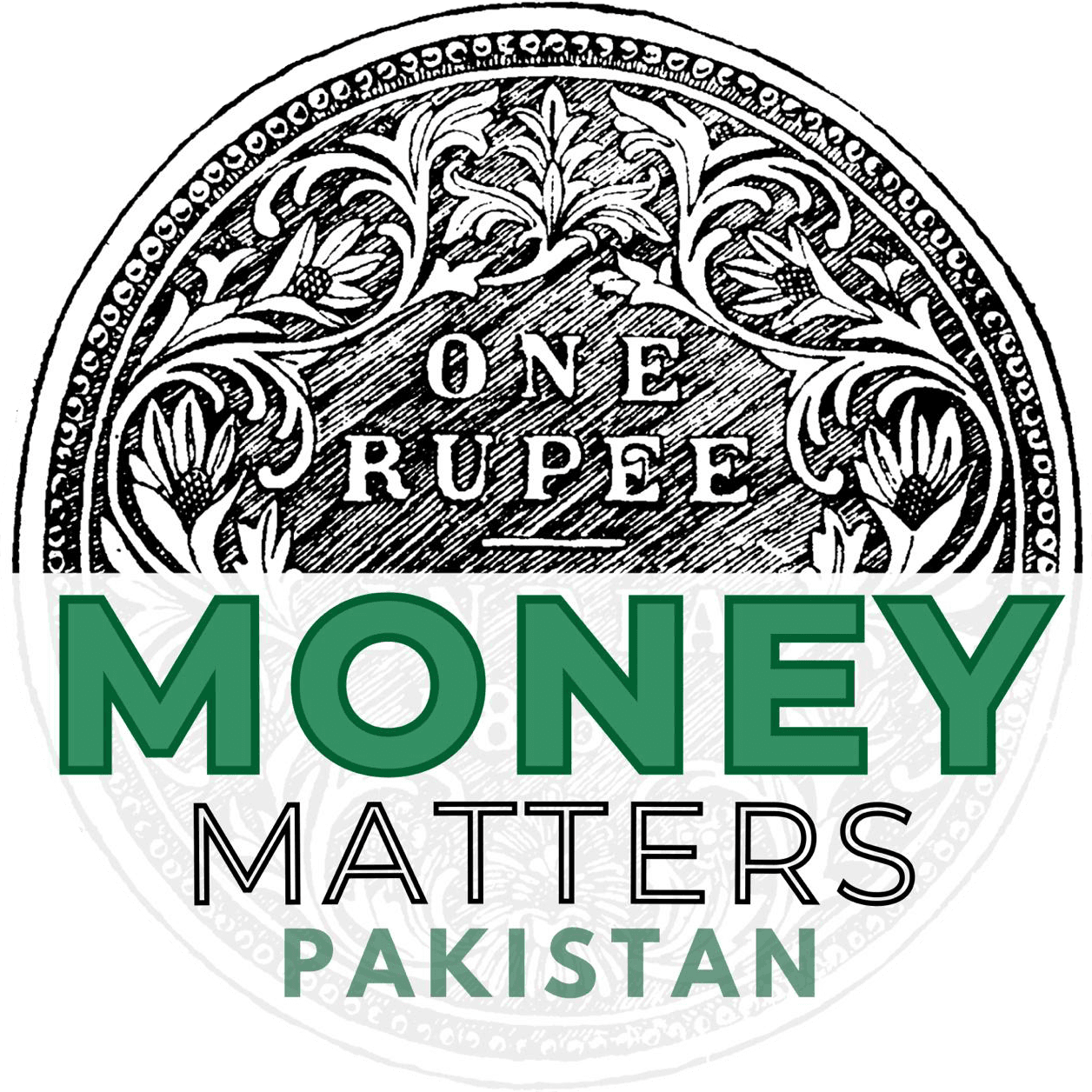-
IMF Projections Highlight Continued Debt Burden, While Domestic Pressures Threaten Hard-Won Gains and Poverty Levels Remain a Concern.
Key Takeaways:
i) The IMF projects Pakistan’s external debt to rise to $126.731 billion in the next fiscal year (starting July 12, 2025), a 2.7% increase from the current year, indicating progress in securing financing commitments but also a persistent debt burden.
ii) Despite averting immediate financial crises and achieving a decline in inflation, the IMF notes that risks remain elevated due to global uncertainty and potential domestic political pressures that could undermine economic stability.
iii) The “hard-won economic stability” is deemed fragile, as it has come at the cost of increased external debt and a significant burden on consumers, leading to a rise in poverty levels and persistent structural vulnerabilities in the economy.
Money Matters Monitoring – In a recent editorial published by Business Recorder titled “External debt and economic stability,” concerns were raised regarding the nuanced reality of Pakistan’s current economic stability, particularly in light of projections from the International Monetary Fund (IMF). The article delves into the IMF’s “First Review Under the Extended Arrangement under the Extended Fund Facility,” which projects Pakistan’s external debt to reach $126.731 billion in the next fiscal year, commencing July 12, 2025. This figure represents a 2.7 percent increase from the current year’s $123.338 billion.
The editorial highlights the IMF’s acknowledgment of “substantial progress… in realising the financing commitments for next fiscal year with good prospects for the remainder of the Fund programme with the last review scheduled for 15 September 2027.” However, this optimistic outlook is tempered by the report’s caution that “risks remain elevated amidst rising global uncertainty” and that “domestic political economy pressures to unwind and delay reforms remain present and may intensify, which would quickly eviscerate Pakistan’s hard won economic stability.”
The editorial delves into the definition of “hard-won economic stability,” referencing an April 2014 IMF fact-sheet that defines it as avoiding crises, large economic swings, high inflation, and excessive volatility in exchange rates and financial markets. While “overwhelming macroeconomic evidence” suggests that financial crises, including the possibility of default, have been averted, this has reportedly come “at the cost of a rise in external debt.” The article points to Pakistan’s success in securing $16 billion in rollovers from friendly nations (China, Saudi Arabia, and the UAE). However, it critically notes the State Bank Governor’s revelation that foreign exchange reserves by the end of June 2025 would still be $2 billion less, totaling only $14 billion. “If one takes account of other external loans procured by the country during the year then the external outflows outpacing inflows as indicated in the financial accounts should raise alarm bells,” the editorial asserts.
Despite a recent plummet in inflation, the editorial observes the IMF’s reference to domestic political pressures, which it attributes to “an increasing unease within the general public that the onus of the burden of IMF reforms is being squarely passed onto the consumers.” This perception is further reinforced by a World Bank report indicating that poverty levels remained at 42.4 percent last year, with an additional 1.9 million people pushed below the poverty line.
The recent reduction in electricity prices, attributed to renegotiated independent power producers’ contracts and lower borrowing rates, is also discussed, with the editorial noting the Fund’s caution that “it is imperative, given limited fiscal space, that payments for the operation are entirely financed out of the existing debt service surcharge.”
Addressing exchange market volatility, the editorial acknowledges its current control but highlights the Fund’s warning that “underlying structural vulnerabilities persist in Pakistan’s economy and the authorities should monitor the recent Real Effective Exchange Rate appreciation to avoid eroding competitiveness. Exchange rate flexibility remains necessary to support rebalancing and resilience to shocks.”
The overarching conclusion drawn by the editorial is that “stability defined as per the IMF is extremely fragile.” It further raises concerns over reports of Pakistan’s intention to borrow $350 million from foreign commercial banks, noting that with international rating agencies still placing Pakistan at high risk, the interest payable on these loans would be substantial. This, in turn, “would raise the mark-up payable in the current year with obvious negative repercussions on the budget deficit with inflationary implications.”
The editorial concludes with a strong statement: “Pakistan is still not out of the woods, and it is, therefore, time to desist from citing procurement of external inflows as an accomplishment and instead the focus must be on reducing the number of Pakistanis below the poverty line.”




